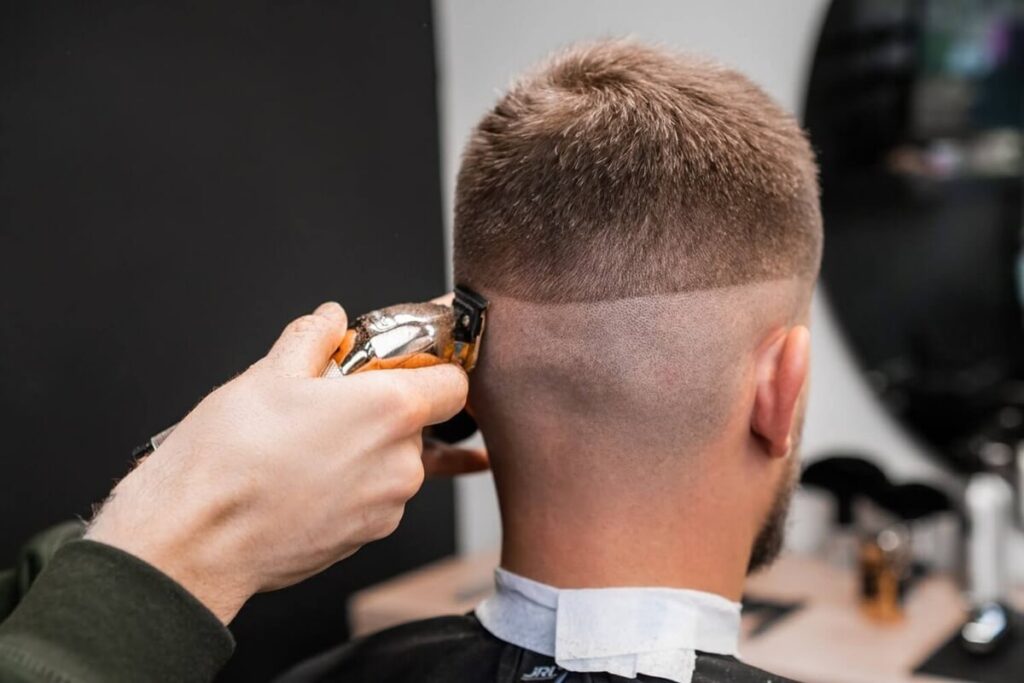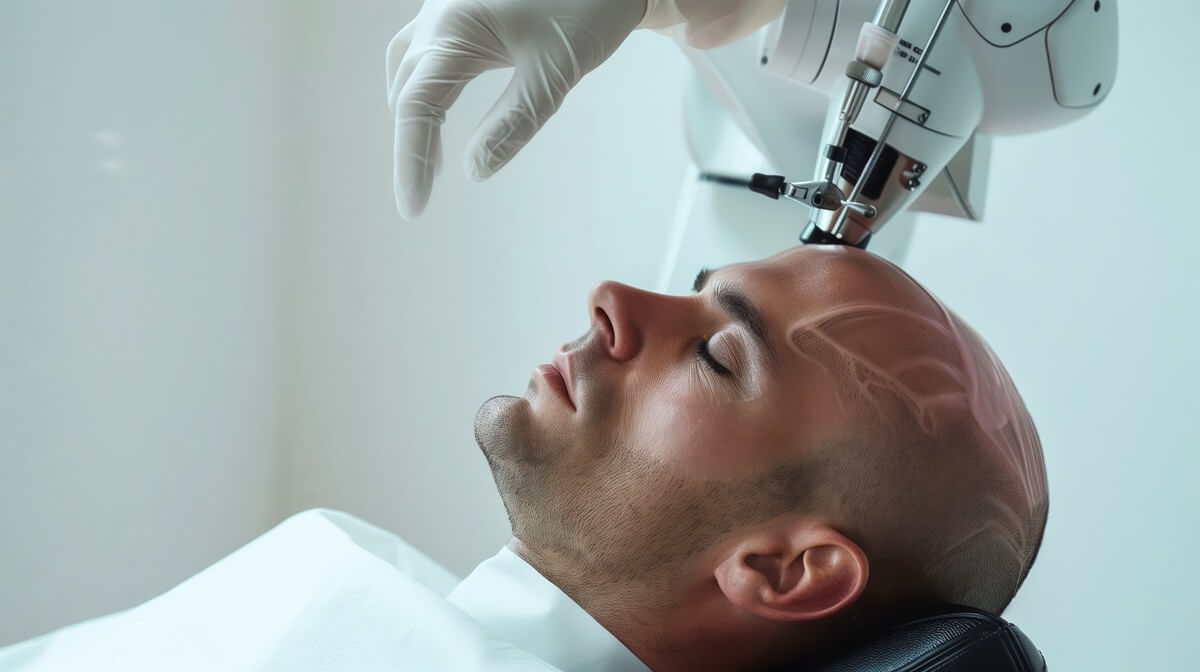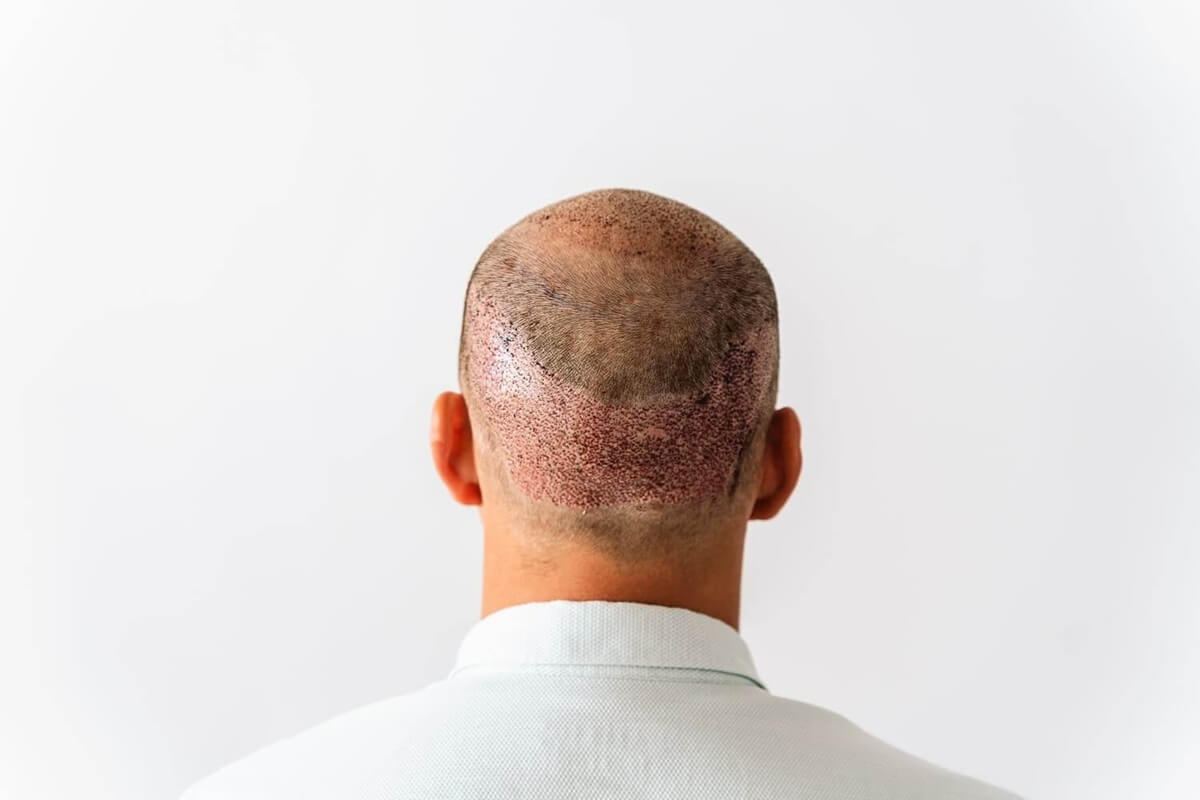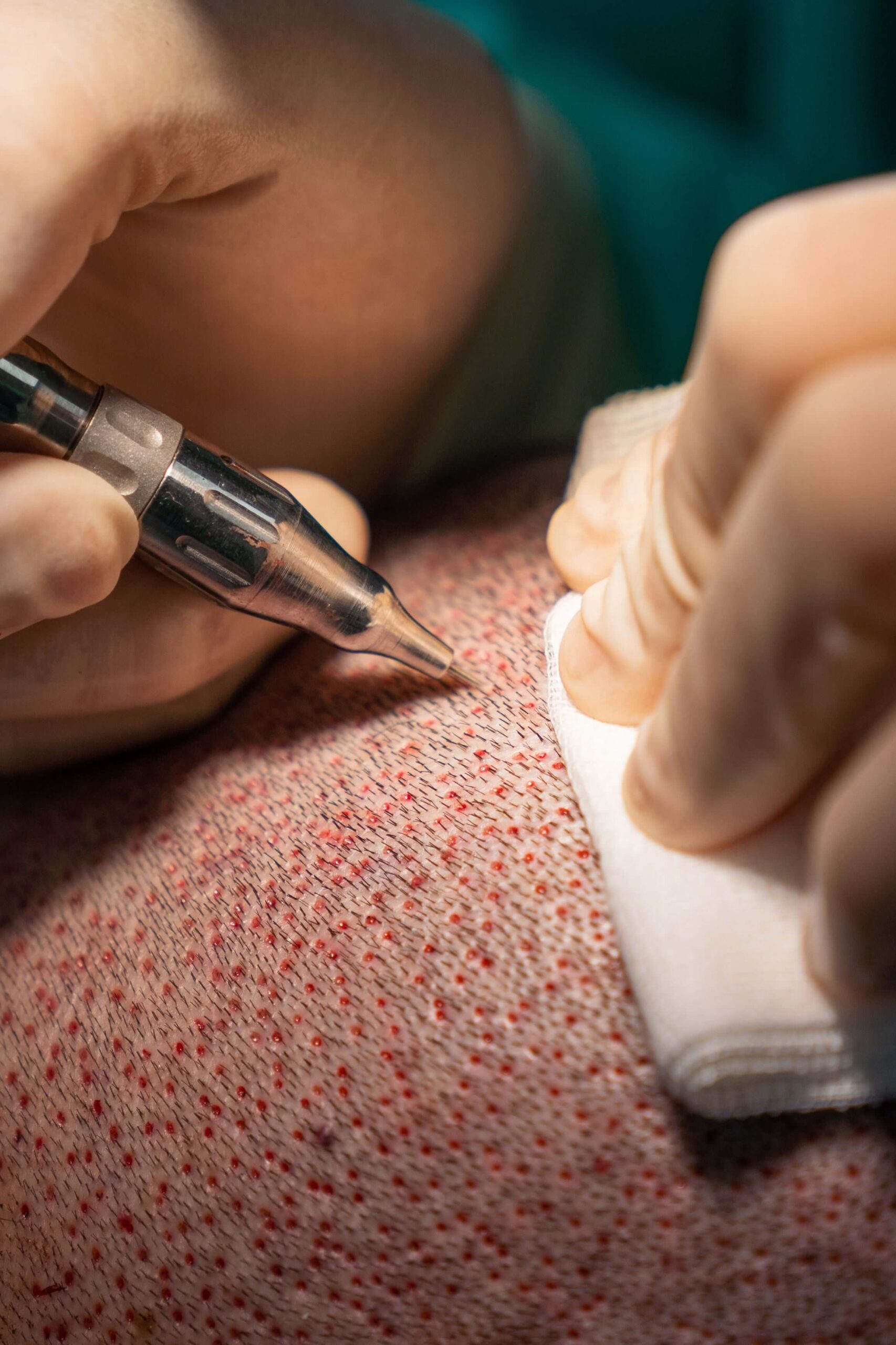What Is the Donor Area in a Hair Transplant?
While the focus is typically on the newly implanted hair, the donor area plays a critical role in determining the success and natural look of the final result.
How the Donor Area Is Chosen
The ideal donor area for a hair transplant is:
-
Densely populated with healthy, thick hair
-
Unaffected by androgenetic alopecia (male/female pattern baldness)
-
Stable and permanent, ensuring long-lasting results
If the traditional donor site (back of the scalp) lacks sufficient follicles, alternatives include:
-
Beard hair, often the second-best match for scalp hair
-
Chest or body hair, used sparingly and primarily in the crown area due to differences in texture
Hair transplant surgeons evaluate hair density, texture, and overall health to ensure optimal graft survival and aesthetic results.
What to Expect in the Donor Area After a Hair Transplant
Post-transplant, the donor area goes through a recovery phase that varies by the method used:
FUE (Follicular Unit Excision)
Minimally invasive
Leaves tiny, dot-like wounds
Heals within 7–10 days without sutures
FUT (Follicular Unit Transplantation)
Involves a linear incision
Requires stitches or staples
Recovery time: 10–14 days
DHI (Direct Hair Implantation)
Uses a Choi implanter pen
Allows graft extraction and placement in one step
Minimally invasive with faster healing
Common symptoms in the donor area may include redness, mild swelling, scabbing, and temporary hair shedding (shock loss), which typically resolves within 3–6 months.
How to Care for the Donor Area After a Hair Transplant

Proper post-op care is essential to promote healing, prevent infection, and preserve the quality of the donor site. Follow these care tips:
-
Gently wash the donor area using a mild, sulfate-free shampoo after 2–3 days
-
Use lukewarm water only; avoid hot showers
-
Avoid scratching, rubbing, or picking at the scabs
-
Pat dry with a clean, soft towel—do not rub
-
Sleep on your back using a neck pillow to avoid pressure
-
Wear loose, breathable hats when exposed to sunlight
-
Avoid swimming, saunas, tanning beds, and intense workouts for at least 2 weeks
Your clinic will likely provide a detailed donor area care guide and aftercare kit to help you maintain hygiene and speed up recovery.
Donor Area Itching, Crusting & Common Concerns
Itching, flaking, or crusting in the donor area are common signs of healing. While annoying, it’s crucial not to scratch, as this may damage the healing skin or dislodge grafts.
If you experience:
-
Persistent swelling or redness
-
Pus or unusual discharge
-
Severe pain or burning
Contact your clinic promptly, as these may be signs of infection or inflammation.
Why Proper Donor Area Care Affects Your Final Results
Neglecting the donor area can lead to:
-
Prolonged redness or irritation
-
Visible scarring or patchiness
-
Poor healing or follicle damage
Taking care of the donor site post-transplant not only prevents complications but also ensures a natural-looking result and maximizes your graft survival rate.




